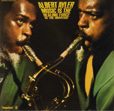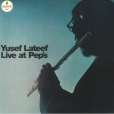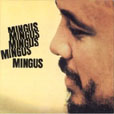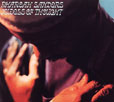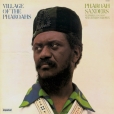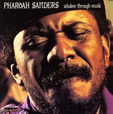Your basket is empty

A masterpiece from the same few months in 1963 as The Black Saint And The Sinner Lady, adding a couple more players to its killer lineup of Booker Ervin, Jaki Byard, Charlie Mariano and co. A kind of testimonial match by the eleven-piece, doing over some of Mingus’ best tunes so far: he didn’t take a group back into the studio till 1970.
Over to our friends at Soundohm in Milan…
‘The album begins with the throbbing three parts of its title track, collectively clocking in at just under 17 minutes. Underpinned by a tambura drone, heavily rooted in the percussive and rhythmic drive of the ensemble, Sanders soars through modal lines on saxophone (and sometimes voice) in a dance with Sedatrius Brown’s largely wordless vocals… some of the most engrossing and boundary-pushing spiritual jazz ever recorded…. before rounding out the first side with the brilliant, drone-like Myth, which features the bulk of the ensemble in states of chant… The second side begins with the ethereal spiritual jazz piece Mansion Worlds, featuring the majority of the ensemble making up the rhythm section while Joe Bonner delivers shimmering lines on piano and Sanders threads himself through it all… before drifting into the balladic and dreamy Memories Of Lee Morgan. The finale Went Like It Came takes a brilliant and unexpected turn, nodding to Sanders’ roots with Sun Ra. Swinging and raucous — taking on elements from classic R&B — it’s one of the those rare pieces by the saxophonist that makes you want to tap your foot and dance, while still retaining the heat of free jazz fire.
‘Truly staggering on every count, Village of the Pharoahs is one hell of a journey. Unquestionably one of our favourite Pharoah Sanders records of all time.’
‘Sublime. The romping High Life, which opens, establishes the album’s mood, which is upbeat and celebratory. Sanders’ vocalized saxophones are at their most vibrant (standouts are his tenor on High Life and soprano on Selflessness); in addition to Norman Connors on drums, there are three percussionists, including Mtume and Badal Roy; James Branch adds some pretty flute; and someone is playing, it sounds like, a sitar in tamboura-style (or a tamboura in sitar-style, it is hard to tell which) on the title track and The Golden Lamp’ (Chris May, AllAboutJazz).

